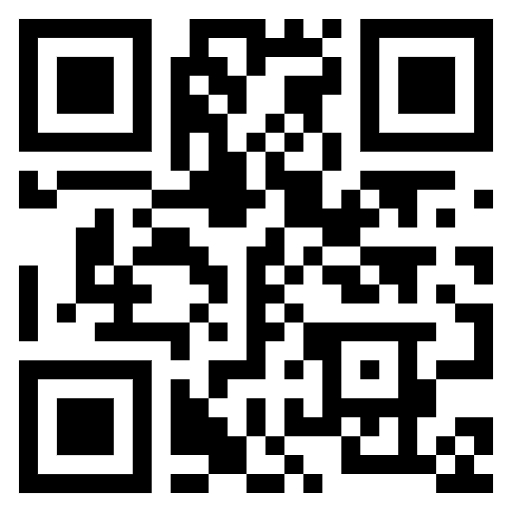Language Worlds: Evolution of Fictional Languages in Literature
Paragraph 1
… “Art-langs”, new languages to give depth and verisimilitude to imaginary worlds in works of fiction, change and shift according to linguistic ideas at different times, and can tell us a lot about popular perceptions of our own, natural languages. Some of the earliest examples of fictional languages can be found in early modern “traveller’s tales”, which combined interest in real-world exploration with fantastical lands. Speakers of imaginary languages populate Thomas More’s Utopia (1516) and the numerous islands of Gulliver’s Travels (1726) … As the unexplored parts of our planet became scarce, writers moved imaginary lands to the moon, to other planets, or underground… This tradition continued with Victorian “art-langs”: in Edward Bulwer-Lytton’s The Coming Race (1871), the speakers of Vril-ya inhabit a subterranean world. Vril-ya is a clear example of a fictional language engaging with contemporary linguistics: it has resonances with Indo-European languages and supposedly underwent various phases of development, corresponding to the theories of the nineteenth-century Oxford philologist Max Müller.
Paragraph 2
And then came Tolkien, who moved the goalposts considerably and established invented languages as a hallmark of modern fantasy worlds. Tolkien was a philologist himself. He was also an expert on Old and Middle English, and on Old Norse (with a working knowledge of many other languages) … Following the Indo-European model of a “tree of languages”, all originating from the same proto-language, and branching off to form language families and then individual languages, Tolkien started by inventing base-roots and modifying them to show how his fictional languages developed over time.
Paragraph 3
A different tradition of linguistic invention in the twentieth century finds form in dystopian fiction, which explores language’s ability to manipulate us. George Orwell’s Nineteen Eighty-Four (1949) doesn’t contain many examples of Newspeak in use, but it explores the possibility of a language with a limited vocabulary (850 words) to restrict thought. Newspeak is a drastically pared-down English, accompanied by new compounds. Invented terms such as doublethink (holding two contrasting views at the same time without perceiving the paradox) and thoughtcrime (thinking ideas proscribed by the Party) have entered popular usage to describe the behaviour of totalitarian regimes. Orwell’s fictional language seems to be responding to the Sapir-Whorf hypothesis, which argues that language determines (or at least influences) our thought and world view.
Paragraph 4
In a similar vein, Anthony Burgess uses English as a basis, but adds invented words mostly based on Russian, combined with elements of Elizabethan syntax, to create Nadsat, the language used by the narrator of A Clockwork Orange (1962). Alex and his droogs (an Anglicization of the Russian drug, “friend”) revel in actions of extreme violence. Their counterculture is epitomized by their use of Nadsat (“teen” in Russian), which is – strictly speaking – a slang or argot, rather than a language. Burgess […] wanted his young protagonists to speak their own teenage slang that would not become dated with time; it has aged well. Nadsat continues to create an estrangement effect on the reader, distorting her relationship with the violence that is described. Art-langs over the centuries have taken readers to fictional places, or even entire worlds; they are both a mirror of cultural ideas and a vehicle for artistic expression. They are an unfamiliar way to examine the most familiar element of our culture.
CAT Verbal Online Course





